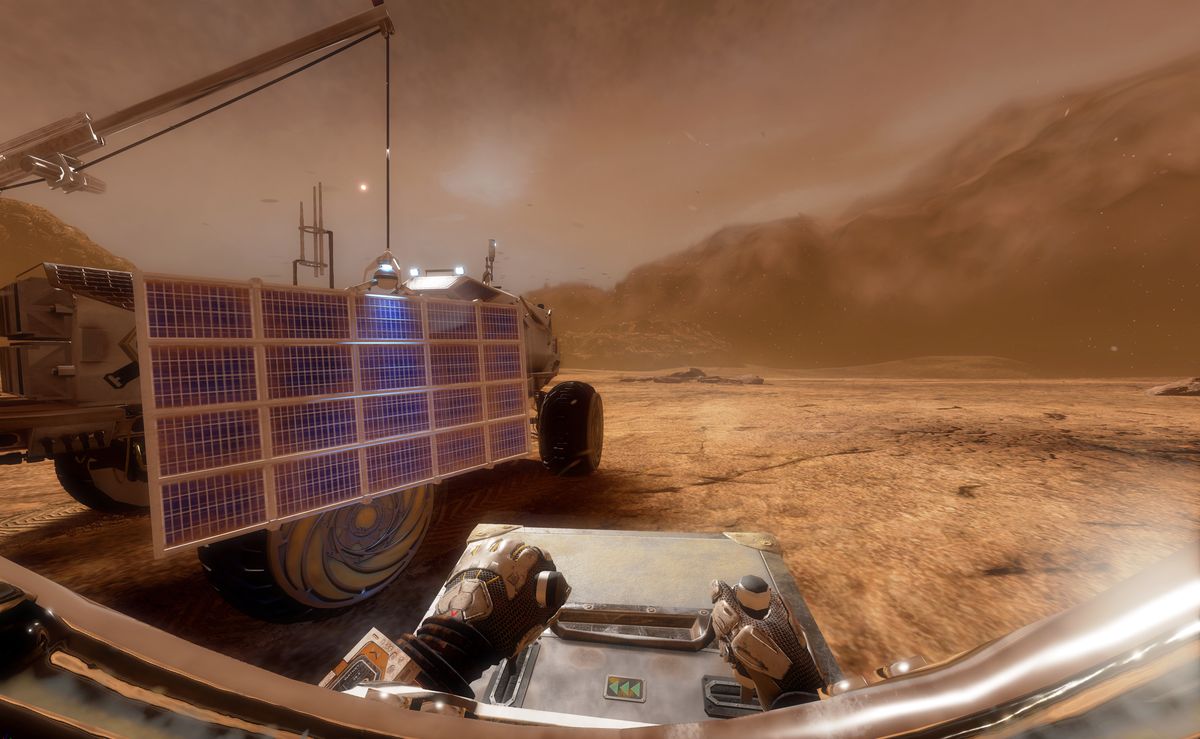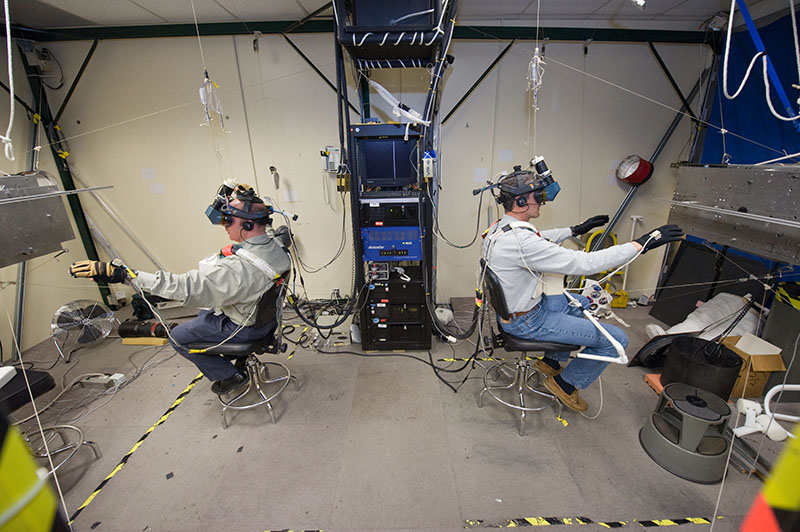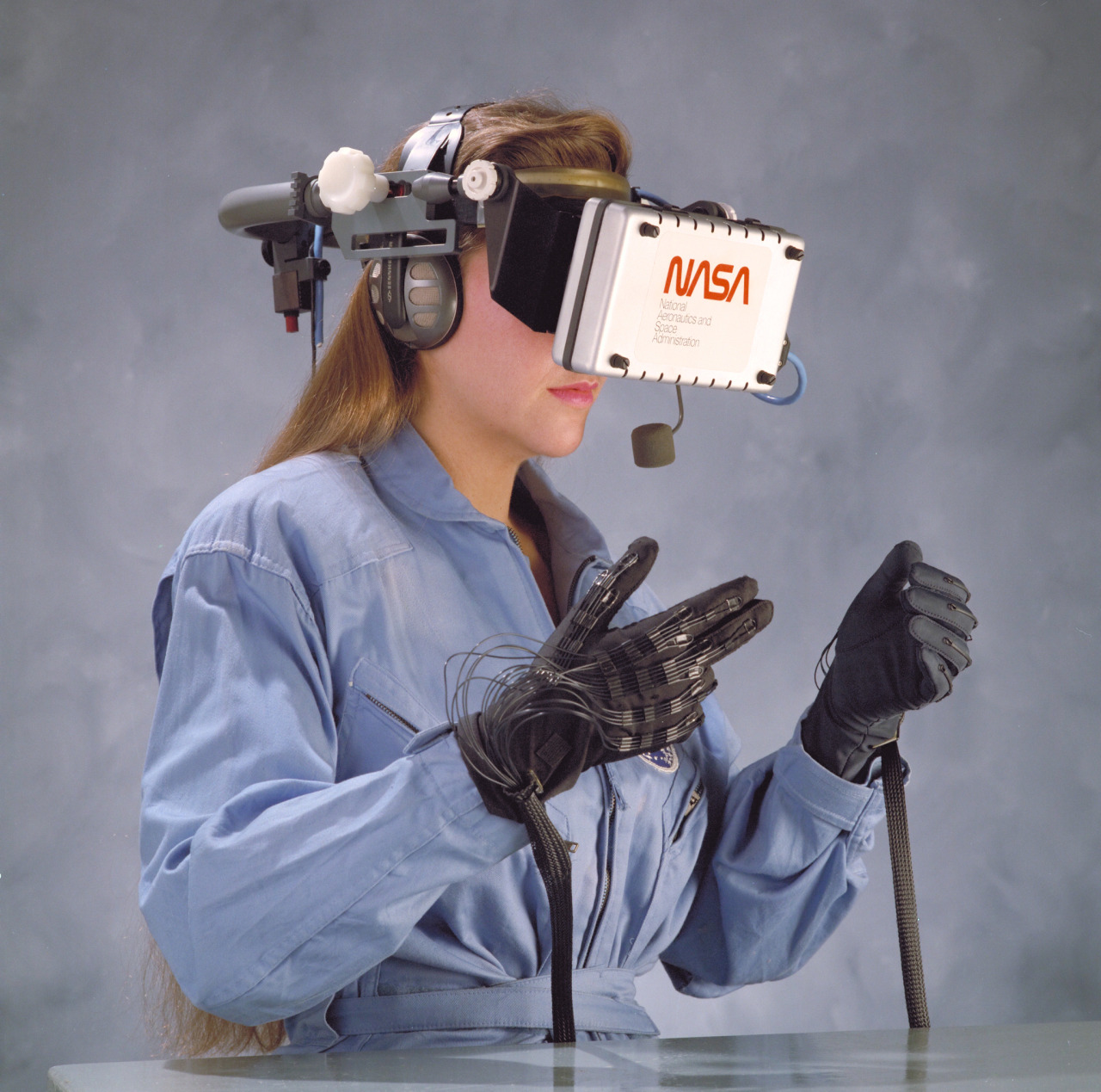NASA is Heavily Investing in Virtual Reality
Long past are the days in which NASA filled headlines with its marvelous travels and discoveries. Regardless of our age, we all felt the excitement of knowing that our scientists were making progress and reaching ever closer to the mysteries of the Galaxy.
The NASA is now limited to small operations and depends heavily on private companies, but that doesn’t mean they are sitting and quietly reading old magazines. Even without launching its own ships into space, the NASA is the only institution on Earth with the infrastructure, technology, and experience to carry out the most important space missions.

We Are Going to Mars with Virtual Reality
It might sound just a bit exaggerating but NASA is using Virtual Reality technology in its mission to send the first man to Mars. The US government agency has actually been using VR technology since the 1980s, and their headsets always looked a lot to the ones we use today, but VR has now much more applications than it used to. It can help astronaut training in numerous environments with the deepest immersion and realism possible.
Matthew Noyes, software lead at the Hybrid Reality Lab in NASA Johnson Space Center, says that Hybrid Reality technology has advanced so much that it became an invaluable asset for space flight research, it has many essential applications for NASA’s operations that were not possible until recently.
“We marry the very nice graphical performance of VR today with physical objects that we 3D print, allowing people to grab and interact with tools in the real world that are very inexpensive to produce, overlaid in virtual reality with really good graphics on top of those tools.”
Said Mr. Noyes said.

VR Simulation is Essential for Astronauts
According to Mr. Noyes, during a spacewalk an astronaut might need to use tools that are unbelievably expensive to make and difficult to replicate, without proper training on Earth, an astronaut might lose it because they weigh very differently in space to what they would on Earth. Even worst, it might break it during training, so that’s why VR simulation is so convenient.
“Instead, we create a 3D-printed version for a few hundred dollars that we can track in VR. They can squeeze a little button on it to make the rotor spin inside. We’ve had a lot of excitement from a lot of astronauts. They say the … interactions feel like they’re actually in space.
We’ve never had the ability to create a sense of presence so strong in an astronaut that when they encounter a life-threatening situation we throw at them, they actually feel their life is in danger. That’s what we’re trying to capture. It’s not just having them learn a procedure; it’s about putting them in the same emotional state they’d actually be in, so we can capture how they would react in that situation and, if possible, change the procedure to account for that.”

VR Tech Keeps Astronauts Healthy
“We can help astronauts exercise. If they’re up in space they need to do about two hours of exercise a day to mitigate bone density and muscle loss, and that can get kind of boring. If we can replace the ISS environment with maybe their favorite running track on Earth, or images of their family, like nostalgia therapy for dementia patients, that might be extremely useful on a mission to Mars. We hope to be able to get there soon.”
We know that a fleet of unmanned spacecraft and rovers are closely studying Mars already, and there is even available VR content from the red planet.

No Limits for Virtual Reality Applications
“We’ve worked with video game companies so that they can create a more accurate game to generate better sales, but one that also allows us to inspire the public, and one of the things we focus on in terms of the realism is creating a sense of weightlessness. We have a sister branch at NASA that’s working on a VR capability for the Active Response Gravity Offload System, or ARGOS. It’s an intelligent robot that attaches to your back via a crane and offloads your body weight to make you feel like you’re in zero G. Once you add a VR headset, you can move around the handrails outside the ISS.
I think there are definite areas for commercialization here, in something like an arcade. Imagine being a spaceman and jumping around an area the size of half a tennis court.”
What do you think of NASA using Virtual Reality? Let us know!
https://virtualrealitytimes.com/2017/02/07/nasa-is-heavily-investing-in-virtual-reality/https://virtualrealitytimes.com/wp-content/uploads/2017/02/nasa-logo-web-rgb-600x300.pnghttps://virtualrealitytimes.com/wp-content/uploads/2017/02/nasa-logo-web-rgb-150x90.pngSimulationsLong past are the days in which NASA filled headlines with its marvelous travels and discoveries. Regardless of our age, we all felt the excitement of knowing that our scientists were making progress and reaching ever closer to the mysteries of the Galaxy. The NASA is now limited to small...Anushay QaiserAnushay Qaiser[email protected]Contributor gobet slot daywinbet daywin gobetasia gobet daywinbet daywinbet gobetasia daywinbet gobetasia Virtual Reality Times - Metaverse & VR
